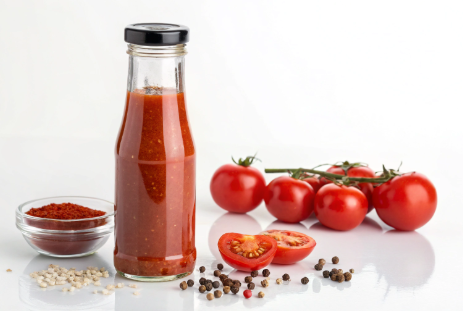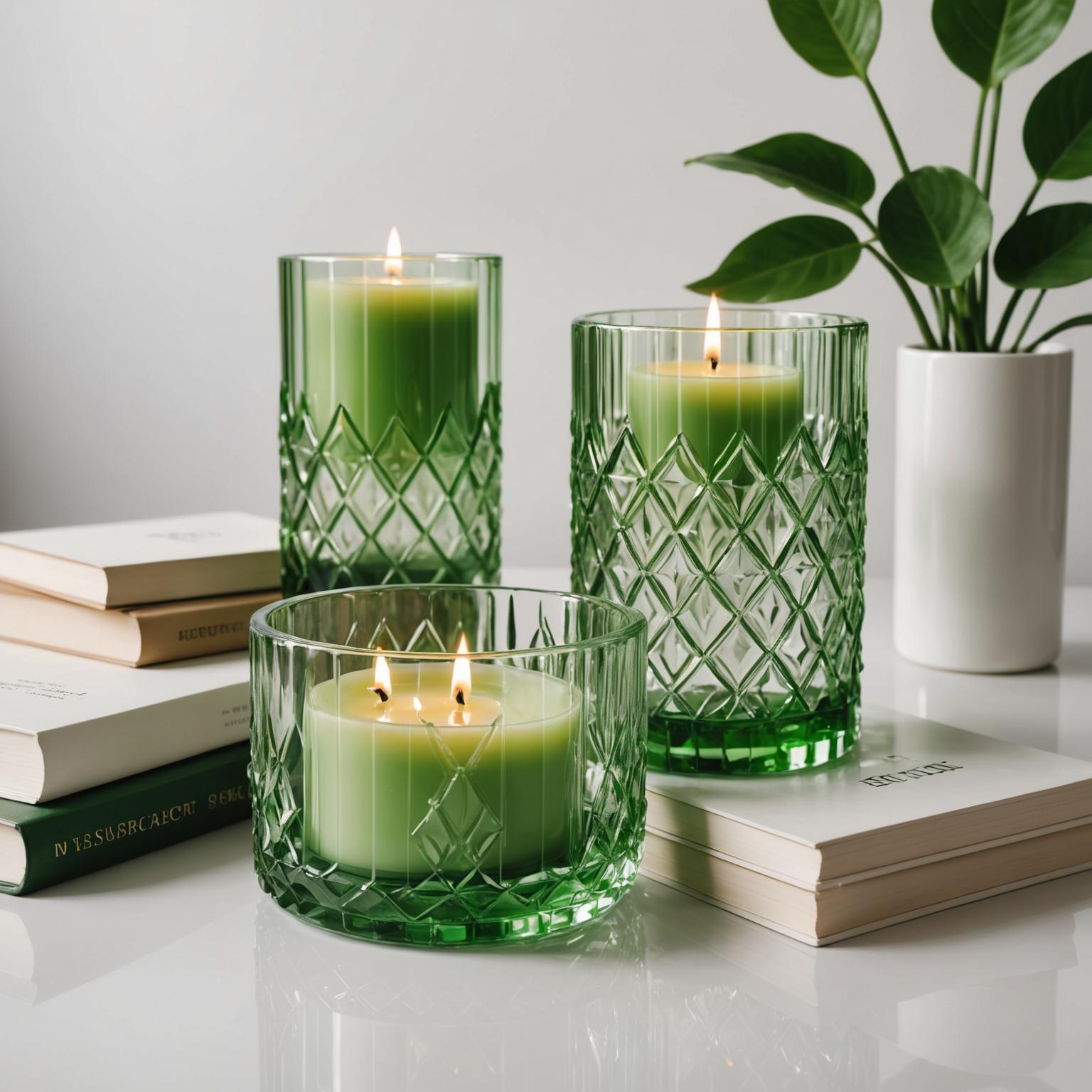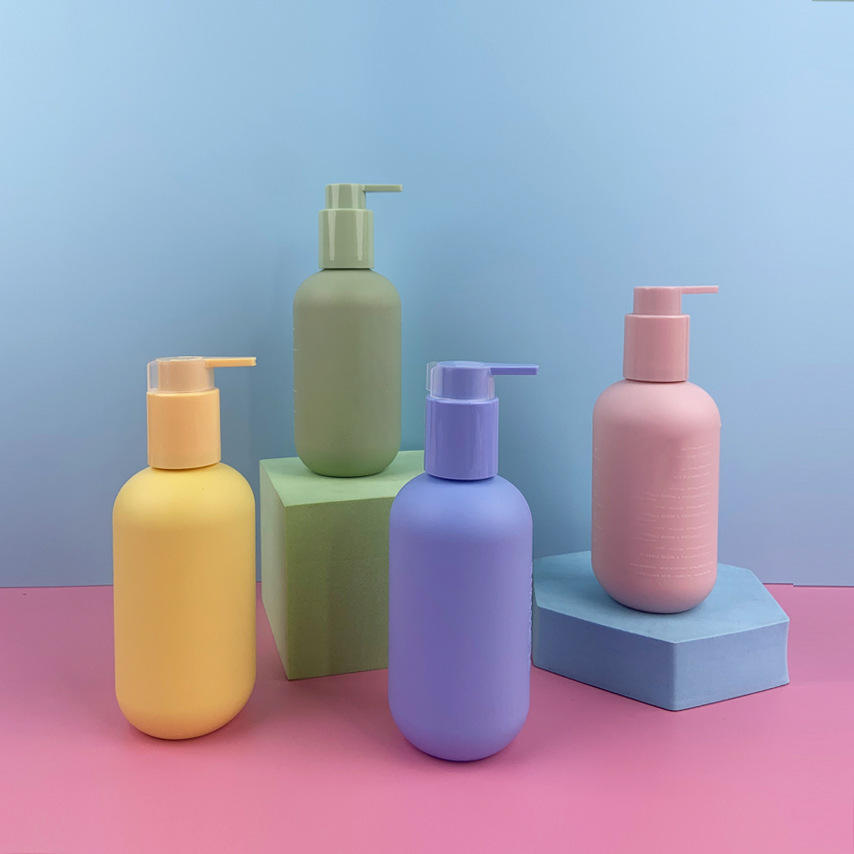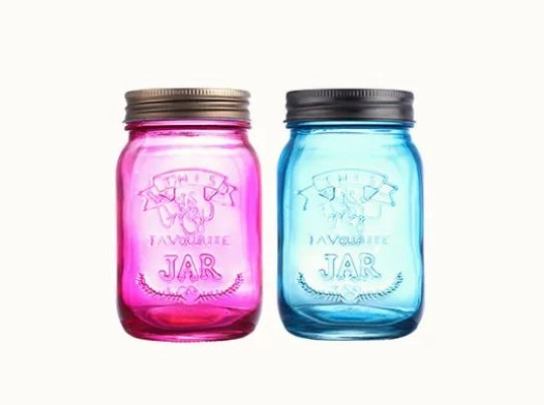Hot sauce packaging refers to how hot sauce gets packaged, sealed and delivered to stores or customers. Glass bottles, PET plastic bottles, and sachets are popular choices, all having their advantages for security and convenience. Labels include information such as heat level, batch and source. Dependable seals that preserve the sauce for extended trips. For business to flow, choosing the perfect pack is critical for wholesale orders and international distribution.
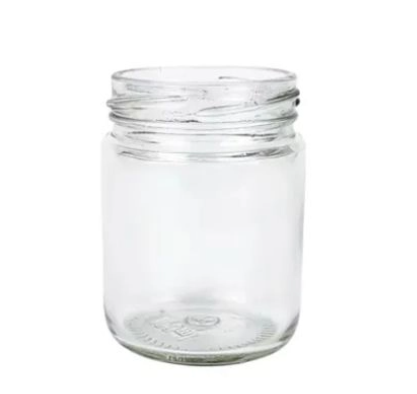

Why Glass Sauce Containers Dominate
Glass sauce bottles reign supreme in the hot sauce packaging arena, over plastic. A lot of buyers—be they in retail, food service, or manufacturing—choose glass for its downright obvious advantages. The table below shows why glass wins over plastic on key features:
|
Feature |
Glass Containers |
Plastic Containers |
|---|---|---|
|
Material Safety |
Non-toxic, inert, safe |
May leach chemicals |
|
Flavor Preservation |
No taste change |
Can affect flavor |
|
Cleanability |
Easy, no stains/odors |
Stains and absorbs odors |
|
Airtight Seal |
Excellent |
Often less effective |
|
Durability |
High, resists temp change |
Warps under heat/cold |
|
Reusability |
High, multi-purpose |
Limited |
|
Sterilization |
Easy, resists bacteria |
Harder to sterilize |
|
Environmental Impact |
Recyclable, reusable |
Less eco-friendly |
Eco is a big pull for glass. It’s completely recyclable and can be reused countless times without degrading. Glass bottles can be repurposed and reused as spice jars or even for DIY crafts, reducing waste. This caters to consumers looking to reduce their impact.
Airtight sealing is another benefit. Glass jars, specked with metal or plastic lids, keep air, moisture and external nasties at bay. This seal is crucial for more robust, longer-lasting sauces. That sauce remains fresh, safe and delicious from factory to consumer.
Because glass is non-reactive, it won’t leach chemicals or alter the taste of sauces. Hot sauce tends to contain acids, oils and spices that can disintegrate plastic over time. Glass preserves the sauce’s purity and authenticity to the recipe — attributes that resonate with quality-minded brands.
Glass is easy to sterilize. It won’t harbor bacteria, and it withstands both hot and cold. This makes glass a safe bet for hot sauce storage in many situations, be it a hot warehouse or a cold refrigerator.
Your Hot Sauce Packaging Blueprint
Insane hot sauce packaging begins with a solid blueprint. A checklist helps keep things on track: pick strong materials, check food safety, use clear labels, add tamper-proof seals, and make sure the bottle size matches the sauce use. Consider each stage—how it ships, how it sits on shelves, and how it lands in a shopper’s home.
Bottle shape and size count for every market. Tall glass bottles with thin necks are perfect for gourmet shops and denote tradition or quality. Squeezable plastic bottles adapt to hectic households and drive-thru diners, demonstrating a priority for convenience and quickness. Small glass jars can be great for sample packs or gift sets. It’s the right size to control serving and cut waste, so consider who they are for and their usage.
Branding distinguishes your sauce. In other words, use shapes and colors that suit what the sauce is about and who it’s for. Diamond-shaped labels provide a timeless aesthetic and stand out visually. Color makes the vibe instantly—reds and yellows display heat, while black or green can suggest special tastes or origins. Add names such as ‘Molten Lava’ or ‘Dragon Fire’ for added oomph. Experiment with color palettes that are significant in the sauce’s native culture—such as rich reds and greens for Mexican varieties, or strong red and black for Korean varieties. Motifs or icons from the sauce’s origin give it even more personality.
Design for packaging has to be convenient. Select spouts or caps that assist in pouring the perfect amount—no spill, no waste. Stackable bottles or ones that fit in the fridge make storage a breeze. Labels can get a gloss or matte finish and BOPP types such as clear or metallic to help fit the brand’s vibe.
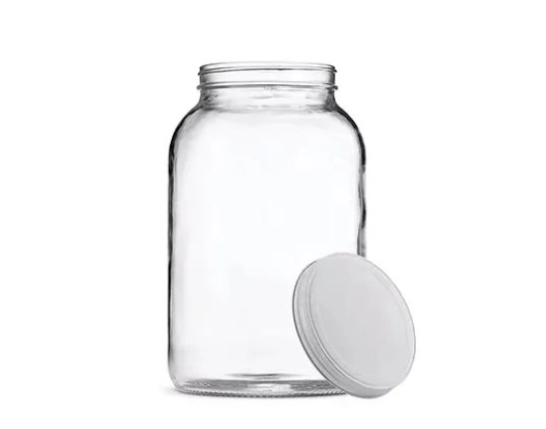

Designing for the Senses
Hot sauce packaging isn’t just a vessel—it influences how people perceive, feel and even smell a product before they taste it. Every element of the package has a role in establishing credibility, communicating quality and differentiating a brand in a cluttered marketplace. Sensory design can transform a bottle into an experience.
|
Sense |
Method |
Example |
|---|---|---|
|
Sight |
Bright colors, strong graphics |
Red labels, pepper icons |
|
Touch |
Embossed labels, textured caps |
Raised logo on glass, ribbed lids |
|
Smell |
Scent-infused packaging |
Spicy aroma from vented cap |
|
Taste |
Flavor cues on label |
Descriptive “smoky chipotle” text |
|
Sound |
Snap-open lids |
Pop of safety-seal break |
Sight is the initial touch. Hot reds and oranges, for example, can be associated with heat and spice. Graphics—whether flames or peppers or loud patterns—make the product leap off the shelf. Color psychology counts here. According to studies, color selection can influence the way consumers perceive a product. Fonts count as well. Serif fonts can look classic, sans-serif fonts feel modern. One color, one font makes a brand. When the label is clear and readable, consumers know what they’re receiving—no mystery.
Touch layers in yet another. Tactile elements, such as embossed labels or textured bottles, help a product stick in our minds. A raised logo or a patterned grip can differentiate a bottle, cultivating a greater perception of premium. It’s an easy way to encourage shoppers to reach for a bottle and taste what’s in it.
Smell is less frequent but increasing. Others have vented caps or aromatized sleeves, providing purchasers with a flavor preview prior to opening the bottle. This added step can assist buyers in recalling a brand and distinguish it from the pack.
Transparent labels count as well. Noting flavor notes and ingredients in plain text helps buyers select the appropriate sauce. It’s not style, it’s trust.
Beyond the Physical Bottle
Hot sauce packaging extends well beyond the bottle. The entire package—from the substance to the aesthetic to the shipping factor—counts for consumers and companies. Glass bottles, for example, are a great choice as they prevent air and water from entering. Why this is so important is because it helps the sauce last longer and stay safe. Glass withstands heating as well, so it’s okay for hot bottling, without cracking or leaching any evil. Others love them because they’re safe and easy to clean. Glass slashes greenhouse gas emissions versus plastic, which is a rising concern among lots of businesses and consumers. For hot sauce makers, your bottle design can even alter the speed and precision with which your bottles are filled, which impacts costs and waste.
Sustainable packaging is gaining some traction as consumers desire greener products. Some options include:
-
Recycled glass bottles, that reduce waste and use less making energy.
-
Plant-based plastic bottles, which decompose quicker and utilize renewable resources.
-
Plain paper stickers or sleeves that are recyclable and more ink-efficient.
-
Food service or export bulk packaging, reducing single-use waste.
Secondary packaging, such as gift boxes or sleeves, can influence the brand perception. These add-ons take a mundane hot sauce and make it a gift or a luxury item. For B2B buyers, solid, clean packaging aids storage and display, and may facilitate bulk order for events or retail.
Shipping is critical. The clever design and rugged materials prevent the bottles from breaking or leaking. Foam inserts, tight lids and sturdy boxes aid sauces in arriving to clients in good shape. Bulk options with stackable trays reduce shipping expenses and simplify customs inspections.
Brands can differentiate with intelligent promo designs—custom labels, recipe QR links, or distinctive shapes. These specifics remind consumers about a brand and differentiate it on the shelf.
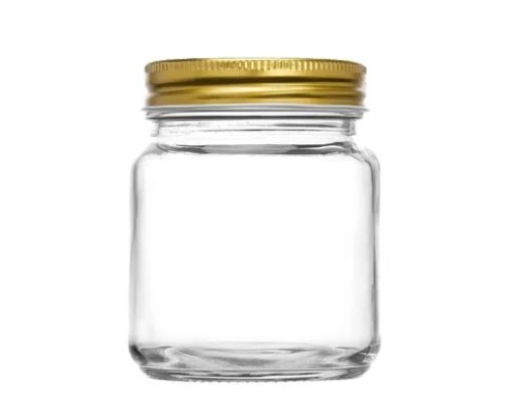

Navigating Packaging Regulations
Packaging guidelines for hot sauce are stringent and ever-evolving. Staying ahead is essential, not only to maintain legal peace of mind, but to keep your product flowing in international markets. Other countries will have their own rules, but some trends are universal. Here are a few key points to keep in mind:
-
Food contact safety standards (FDA, EFSA)
-
EPR laws for recycling and waste, now in 5 US states, including CA
-
Clear labeling for allergen warnings and full ingredient lists
-
Recyclability requirements for packaging material
-
Restrictions or bans for non-compliant products (California could ban sales if recycling rates not met by 2027)
Missing these rules can be catastrophic. In the States, the FDA examines whether your packaging material is suitable for food contact. In California, EPR laws demand that you hit specific recycling rates by 2027 or your hot sauce can’t be sold. Several companies now apply California’s regulations to all their U.S. Products because the state’s market is so large, they want to be ahead of the curve for the rest of the country.
World discussions seek to harmonize laws, but local regulations will remain important. So, adhering to the most stringent is a clever means of sidestepping surprises. For instance, employing packaging materials such as HDPE containers, which is a plastic that is easily recycled, can satisfy US and international regulations. Just remember: the label must list every ingredient and flag any allergens. A label that’s compliant with existing regulations isn’t going to damage recyclability.
Finally, regulations shift quickly. Team or somebody on your team track updates and review packaging regularly. That way, you stay ahead and keep your hot sauce on the shelves.
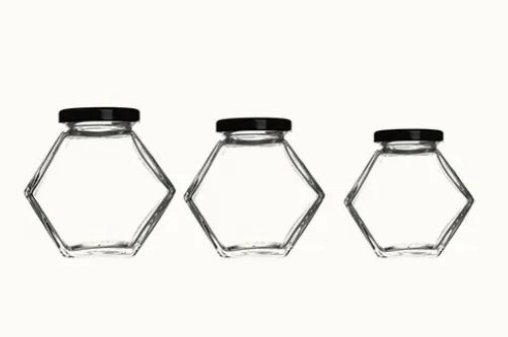

Avoiding Common Design Pitfalls
Hot sauce packaging is something to think about. As I’ve said before, far too many brands repeat the same mistakes time and again – damaging sales and trust. Below are some common pitfalls that often come up:
-
illegible labels or type too small for the bottle
-
Hard to open/hold bottles/caps
-
Ignoring eco-friendly options or sustainability claims
-
Ill-fitting labels or those that wrap awkwardly around the bottle
-
Jumping brand consistency or employing mismatched colors/shapes/fonts.
-
Not putting the package to test with real buyers before a big launch
-
Depending on a single individual to proofread or approve documents
-
Adhering to simplistic designs and not experimenting with eccentric shapes or attention-grabbing colors
-
Forgetting special editions or seasonal versions for gifting
Ignoring usability can damage a brand quickly. If caps are difficult to open or bottles fall from hand, consumers may not return. It’s crucial to choose bottles and labels that complement each other. The label’s shape need to suit the selected bottle, space should remain for artwork and copy. A wrinkled or overlapping label cheapens the product.
Testing with real users is something that brands often bypass. Getting feedback on how the bottle feels, how the label looks, or how easy it is to open can save money before mass production. Crowdsourcing design concepts is wise. It injects a lot of new thinking for less money, enabling brands to identify what is most effective for their audience.
Proofing is a must. A fresh pair of eyes can spot mistakes pre-press, keeping the brand’s image crisp and polished. Trust comes from consistent branding—colors, logos, the shape of the label. A brand that’s consistent across all the bottles is more recognizable on shelves. Distinct sticker shapes and vibrant color selections make your hot sauce pop.
More consumers are demanding sustainable packaging. With 92% of consumers trusting brands that support social or environmental issues, packaging that’s recycled or minimal can gain new fans. Holiday labels do the trick, because hot sauces suit gift baskets and seasonal promotions.
Conclusion
Great hot sauce is distinguished, but the perfect pack allows it to gleam. Glass bottles maintain the freshness of flavor and appear quite stylish on any pantry shelf. Some smart design goes a long way in helping the sauce do the talking, from label to the feel of the cap. Basic, but transparent labeling on the packaging creates confidence and compliance, so customers stay secure. An efficient pack reduces expenses and eliminates excess as well. For any brand, selecting the perfect bottle and package goes beyond aesthetics. Require a sample or would like to view full specifications. Contact our team to launch your next sauce project.
Frequently Asked Questions
Why is glass preferred for hot sauce packaging?
Glass safeguards flavors and locks in freshness. It’s non-reactive, recyclable and displays the sauce’s color. A lot of brands utilize glass for its safety and upscale appearance.
What factors should I consider when designing hot sauce packaging?
Make sure the product is safe, doesn’t leak, has a nice label and looks cool. Make the container convenient and legally-packaged.
How can packaging enhance the sensory experience?
Packaging can emphasize color and scent. A thoughtfully designed lid controls the pour and transparent glass allows customers to view the sauce’s texture.
Are there global regulations for hot sauce packaging?
Yes. Most countries have ingredient lists, allergen warnings and expirations. Labeling and material safety laws differ, so always verify your local regulations.
What are common mistakes in hot sauce packaging design?
General packaging fails are messy labels, inflexible to open bottles and spills. Cheap materials can damage your product and brand image.
Can I use plastic bottles for hot sauce?
Yep, but plastic can impact taste and is less environmentally friendly. If plastic, opt for food-safe, high-quality materials and airtight packaging.
How important is sustainable packaging for hot sauce brands?
Sustainable packaging attracts eco-conscious buyers and minimizes ecological footprint. Glass and recyclable materials remain a favorite among conscientious brands.




